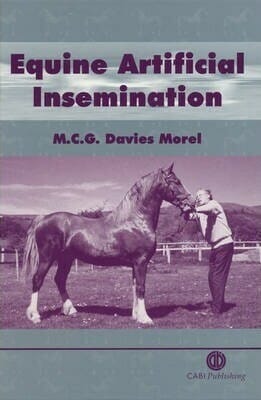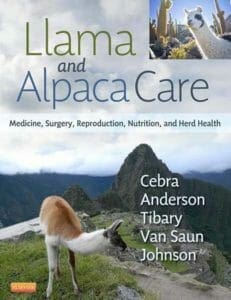Equine Artificial Insemination

By Mina C. G. Davies Morel
Research into equine artificial insemination has recently expanded with increasing horse numbers, the developing leisure interest in horse riding and the realisation of the economic advantages of artificial insemination. Equine Artificial Insemination Book PDF. provides a detailed reference book on the subject and covers its historical development, relevant equine physiology, current practices and future possibilities. It is extensively referenced to allow further reading into specialised areas.


















![Ettinger’s Textbook of Veterinary Internal Medicine 9th Edition [PDF+Videos] Ettinger’s Textbook of Veterinary Internal Medicine 9th Edition [True PDF+Videos]](https://www.vet-ebooks.com/wp-content/uploads/2024/10/ettingers-textbook-of-veterinary-internal-medicine-9th-edition-100x70.jpg)





